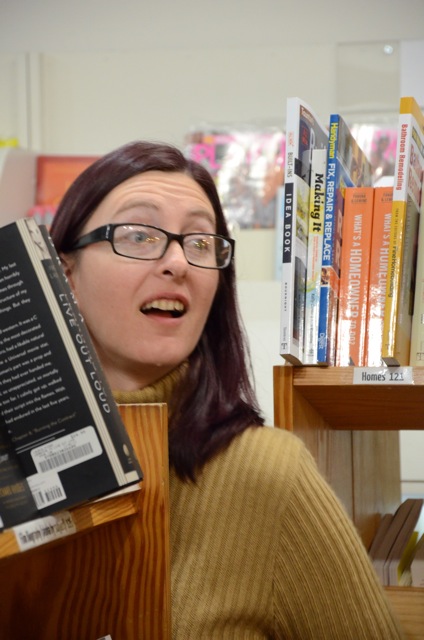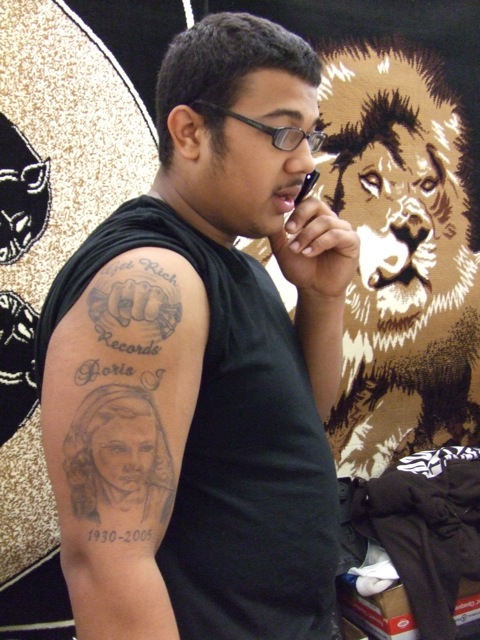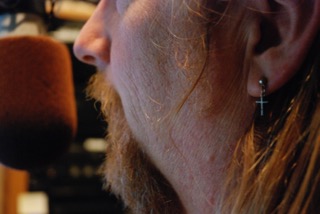IN THEIR OWN WORDS: Sarah “Jonesey” Johnson
Interview as part of the American Next, a special project exploring the hopes, fears and changing expectations of Missouri’s next generation in challenging times / 3734 words / The Columbia Missourian
It’s a really odd little story. I realized when I was 34 that what I wanted to do with the rest of my life was to be a librarian. And I wanted to learn how to fix books. And I really wanted to do that in places like after Hurricane Katrina, and after the flood in Iowa. Libraries fall through a lot of monetary aid cracks, yet they are an incredibly important part of any community.
They’re part of the legitimacy of communities because they provide a sense of history when you get to books and records and the things that prove your right to exist in a place. Things like deeds, legal records, the original maps people drew to define the space you live in. And because our culture is so legalistic, we need the paper trail.
Humans express themselves visually, and one way of visually expressing yourself is in the written language. It also provides cultural legitimacy in the sense that other people like me have written books about the things I am experiencing. So that puts me on a spectrum. And if I’m on a spectrum, then I exist. If I can place myself somewhere measurable, then I have a history. If I have a history, then I have a present. If I have a present, then I have a future.




